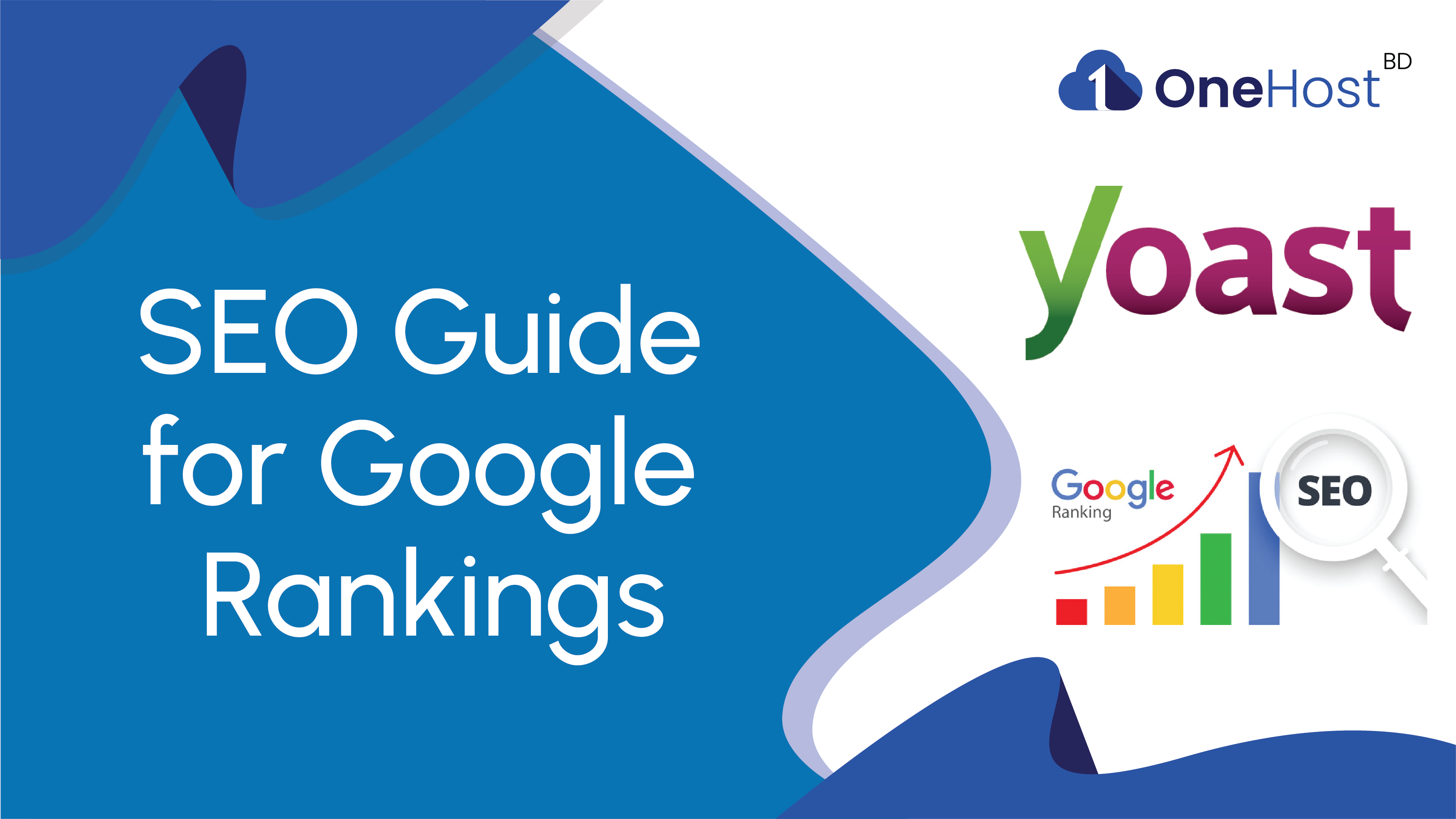If you’re looking to improve your website’s ranking on Google, Yoast SEO is one of the most effective tools available. This comprehensive guide will walk you through the key features of Yoast SEO and how to leverage them for optimal search engine performance. Let talk about Yoast SEO Guide for Google Rankings
1. Install and Configure
Step 1: Installation
- WordPress Dashboard: Navigate to Plugins > Add New.
- Search for Yoast SEO: In the search bar, type "Yoast SEO."
- Install and Activate: Click “Install Now” and then “Activate.”
Step 2: Configuration Wizard
- First-Time Configuration: After activation, Yoast SEO will prompt you to use the configuration wizard. Follow the steps to set up the basics, such as site type, organization or person, and social profiles.
2. Optimize Content with Yoast SEO
Step 1: Keyword Research
- Focus Keyword: Determine the main keyword for each post or page. Use tools like Google Keyword Planner, Ahrefs, or SEMrush for research.
Step 2: Content Analysis
- Enter Focus Keyword: In the Yoast SEO meta box, enter your focus keyword.
- Readability and SEO Analysis: Yoast will provide real-time feedback on your content. Aim for green lights in both readability and SEO analysis.
3. Utilize On-Page SEO Features
Step 1: Title and Meta Description
- SEO Title: Ensure your focus keyword is included naturally in the title.
- Meta Description: Write a compelling meta description that includes the focus keyword and entices users to click.
Step 2: Headings and Subheadings
- Structure Content: Use H1 for the main title and H2, H3, etc., for subheadings. Incorporate keywords naturally.
Step 3: Internal and External Links
- Internal Linking: Link to relevant content within your site to improve user engagement and SEO.
- External Linking: Link to authoritative sources to provide additional value to your readers.
4. Technical SEO with Yoast
Step 1: XML Sitemaps
- Enable XML Sitemaps: Yoast SEO automatically generates XML sitemaps. Ensure this feature is enabled under SEO > General > Features.
Step 2: Robots.txt and .htaccess
- Edit Files: Yoast SEO allows you to edit these files directly from the plugin. Make sure your robots.txt file does not block important pages from being indexed.
Step 3: Breadcrumbs
- Enable Breadcrumbs: Navigate to SEO > Search Appearance > Breadcrumbs. Enabling breadcrumbs can enhance your site’s navigation and improve user experience.
5. Advanced Yoast SEO Tips
Step 1: Schema Markup
- Structured Data: Yoast SEO automatically adds schema markup to your pages, helping search engines understand your content better.
Step 2: Social Media Integration
- Open Graph and Twitter Cards: Enable these features to ensure your content looks great when shared on social media platforms.
Step 3: Cornerstone Content
- Identify Cornerstone Articles: Mark your most important articles as cornerstone content to prioritize them in your SEO strategy.
6. Monitor and Improve
Step 1: Google Search Console
- Connect to Search Console: Use Yoast SEO to connect your site to Google Search Console for insights on how your site is performing.
Step 2: Regular Audits
- Content Audits: Regularly review and update your content to ensure it remains relevant and optimized.
- Performance Monitoring: Use tools like Google Analytics to monitor traffic and user behavior.
Conclusion
Yoast SEO is a powerful tool that, when used correctly, can significantly enhance your website’s visibility on Google. By following these steps and continually optimizing your content and technical SEO, you can achieve better rankings and drive more organic traffic to your site. Remember, SEO is an ongoing process, so keep refining your strategies to stay ahead of the competition.
